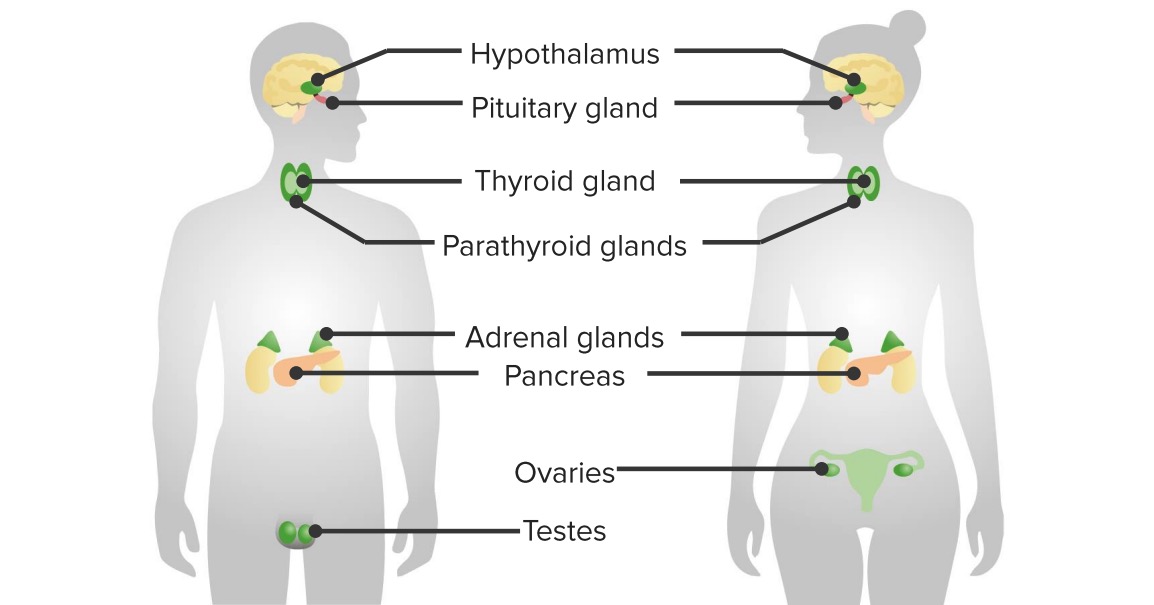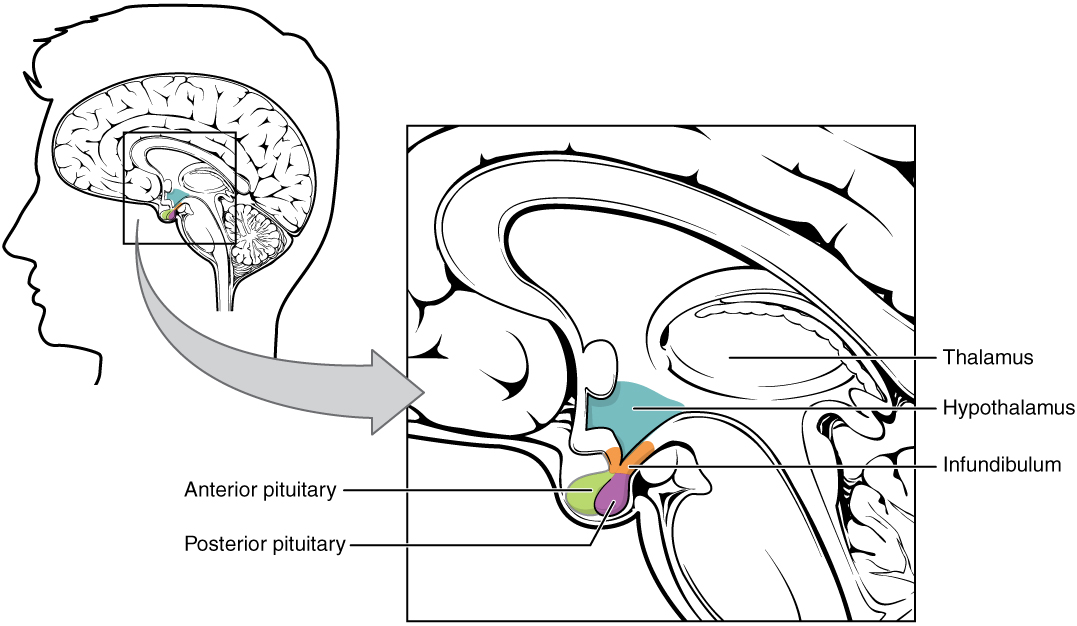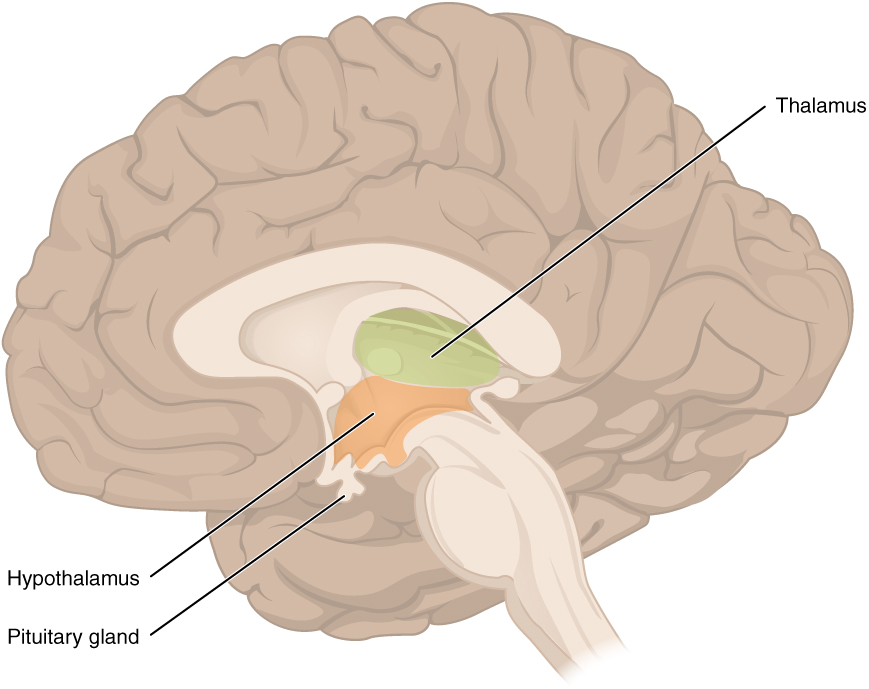Playlist
Show Playlist
Hide Playlist
Estrogen and Progesterone Synthesis
-
Slides Female Hormones Endocrine System.pdf
-
Download Lecture Overview
00:00 Where does the estrogen and progesterone come from and where does this process of synthesis take place? Well, LH is luteinizing hormone and that will bind to theca cells. Theca cells are in the ovary and these particular cells, once the luteinizing hormone binds to them, goes through an enzymatic reaction which increases cyclic AMP. This stimulates a side-chain cleaving enzyme that will convert cholesterol into its next step process. It will go down through a number of biochemical steps and eventually will get to androstenedione and testosterone. 00:44 Yes, testosterone is being produced in these theca cells. Testosterone is then shared to another cell, which is your granulosis cell. You might ask, well, this seems a little bit odd, you made androstenedione and testosterone and then you're just sharing it with another cell? Why share it? The reason is because theca cells don't have aromatase. Aromatase is an enzyme needed to take androstenedione or testosterone into estradiol and it's estradiol that is the end product that we're looking for in the ovaries. So it shared it across a blood vessel. 01:27 These granulosis cells have aromatase and therefore can complete the process of making estradiol but it's LH that starts this process off and then the granulosis cells which finish it. 01:44 You may ask why do granulosis cells only accept the androstenedione? It's because they don't have the enzyme that is necessary to produce androstenedione or testosterone. They're holted at progesterone. This can be seen as a complete process here and again focus on the processes that can be regulated. There are a lot of steps in hormone synthesis and in physiology we're concerned about the regulatory steps. So let's review those regulatory steps. Side-chain cleaving enzyme which is where LH is working on in between cholesterol, right below cholesterol. The next step that is regulated is that aromatase involvement in the granulosis cell. Then the last step that we want to look at is what is controlling that? That's follicle-stimulating hormone. So LH is mainly working on the theca cell side and follicle-stimulating hormone is mainly working on the granulosis side. Once you have the release of estradiol into the blood, how is it carried? Well estradiol needs a carrying molecule. It is lipophilic. Means that it doesn't like the water, it needs to be bound by something. In this case, about 60% of it is bound to albumin and circulating around in this bound form. About 38% is bound to sex steroid-binding globulin and then there's about 2% that's free. Interestingly, it's this 2% that's doing all the work, the other 98% is bound up. Where does it work? It's going to involve usually nuclear receptors but there are a few times in which there are cell membrane receptors that might also bind estrogen or in this case estradiol.
About the Lecture
The lecture Estrogen and Progesterone Synthesis by Thad Wilson, PhD is from the course Reproductive Physiology.
Included Quiz Questions
What do granulosa cells contain that thecal cells do not?
- Aromatase
- Cholesterol
- Testosterone receptors
- Side-chain cleaving enzyme
Which of the following cells are responsible for testosterone production?
- Theca cells
- Alpha cells
- Beta cells
- Gamma cells
What percentage of estradiol is bound to albumin in blood?
- 60%
- 30%
- 40%
- 50%
- 70%
Customer reviews
5,0 of 5 stars
| 5 Stars |
|
5 |
| 4 Stars |
|
0 |
| 3 Stars |
|
0 |
| 2 Stars |
|
0 |
| 1 Star |
|
0 |







